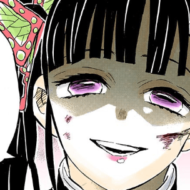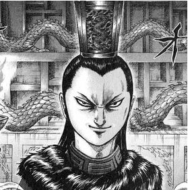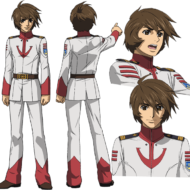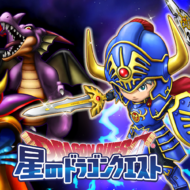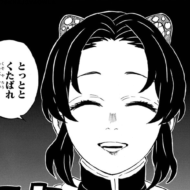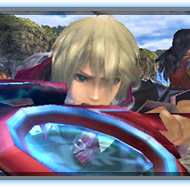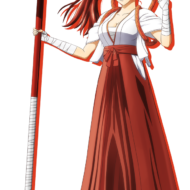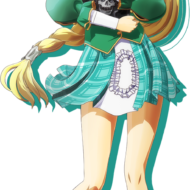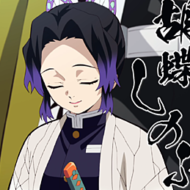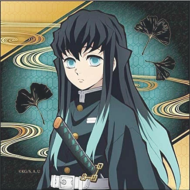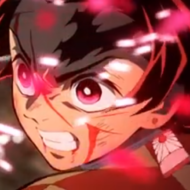Sailor Moon, also known as Bishoujo Senshi Sailor Moon, is a popular Japanese anime and manga series that has captured the hearts of fans around the world. The series has been known for its empowering and inspiring female characters, beautiful artwork, and engaging storylines. In this article, we will explore the history of Sailor Moon, its charm, and its chronological order across different mediums.
History of Sailor Moon

The Sailor Moon franchise was created by Naoko Takeuchi, a Japanese manga artist, in 1991. The first edition of the Sailor Moon manga was published in Japan by Kodansha, and its popularity skyrocketed soon after. The manga was later adapted into an anime series that aired on Japanese television in 1992. The anime adaptation saw massive success, leading to the production of three more seasons. The series also spawned a number of spin-off movies, video games, and merchandise, all of which contributed to its widespread recognition around the world.
Charm of Sailor Moon

One of the primary reasons for the success and popularity of Sailor Moon is the presence of empowered and strong female characters in the series. Throughout the story, the main character Usagi Tsukino, also known as Sailor Moon, grows significantly in terms of her confidence, conviction, and courage. She learns how to overcome her fears and shortcomings, becoming a more competent and powerful warrior and leader. Her friends and fellow Sailor Scouts also serve as excellent role models, showcasing their own unique strengths and helping Usagi to grow.
Sailor Moon also features beautiful artwork, especially in the manga. The design of the Sailor Scouts’ costumes, weapons, and overall aesthetic is incredibly unique and striking, drawing in readers and viewers alike. The storyline is also gripping and engaging, with a nice mix of action, romance, and comedy elements that keep the audience invested.
Chronological Order of Sailor Moon

Sailor Moon has been adapted into various mediums over the years, including manga, anime, live-action shows, and movies. Let’s take a look at the chronological order of the series across these different forms of media.
Manga

The Sailor Moon manga was first published in 1991 by Kodansha. It consisted of 18 volumes, with the chapters being serialized monthly in the magazine “Nakayoshi.” The manga was the basis for the anime adaptation and all subsequent adaptations. The chronological order of the manga is as follows:
– Sailor Moon
– Sailor Moon R
– Sailor Moon S
– Sailor Moon SuperS
– Sailor Moon Stars
Anime

The Sailor Moon anime adaptation premiered in 1992, directed by Junichi Sato and produced by Toei Animation. The anime adaptation was initially released as four seasons, with the final season being split into two parts. The English version of the anime was heavily edited, with some episodes removed or altered to appeal to a younger audience. The chronological order of the anime is as follows:
– Sailor Moon (Season 1)
– Sailor Moon R
– Sailor Moon S
– Sailor Moon Super S
– Sailor Moon Sailor Stars
Live-Action Show

In 2003, a live-action adaptation of Sailor Moon was produced in Japan. The series was called “Pretty Guardian Sailor Moon” and aired on TV Asahi. The storyline was significantly different from the manga and anime, with several new characters and plot points being introduced. The show lasted for 49 episodes and was not released outside of Japan. The chronological order of the live-action show is as follows:
– Pretty Guardian Sailor Moon
Movies

There have also been several Sailor Moon movies released over the years. These movies are separate from the main storylines of the manga and anime, but still feature the popular characters and themes. The chronological order of the movies is as follows:
– Sailor Moon R: The Movie
– Sailor Moon S: The Movie
– Sailor Moon SuperS: The Movie
Conclusion
Sailor Moon, with its compelling characters, beautiful artwork, and engaging storyline, has captured the hearts of fans around the world for nearly three decades. Its presence in manga, anime, live-action, movies, and merchandise has cemented its position as a pop culture icon. As we’ve seen throughout this article, the franchise’s appeal is timeless and enduring.



